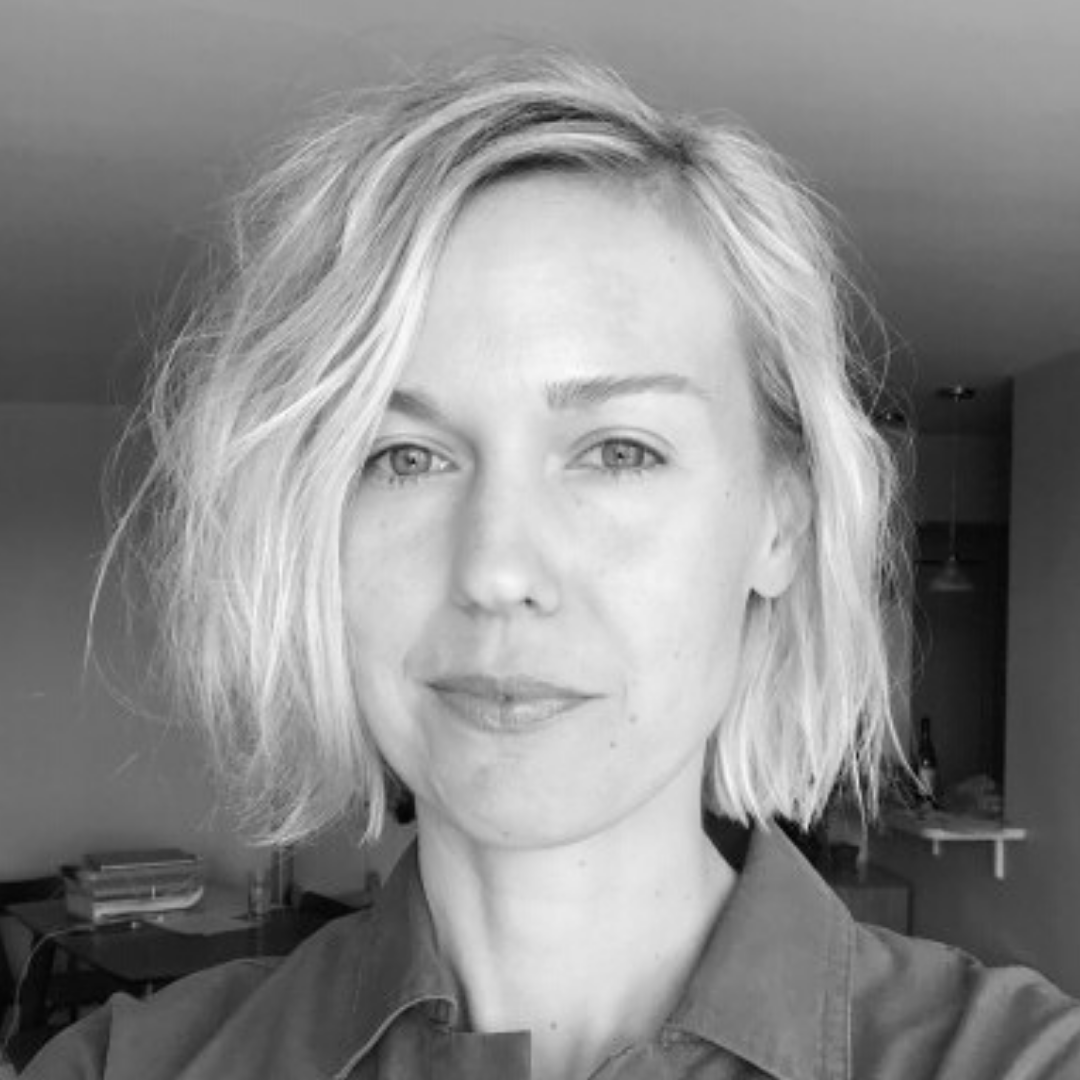


Case studies are a common component of a product manager interview. Betterment VP of Growth shares three tips to ensure yours will stand out.
Betterment VP of Growth Katherine Kornas explains how tapping into user ego can provide insight needed to build more fulfilling products.
PM teams must create an action plan that examines the customer journey to create human solutions that enhance the product experience.